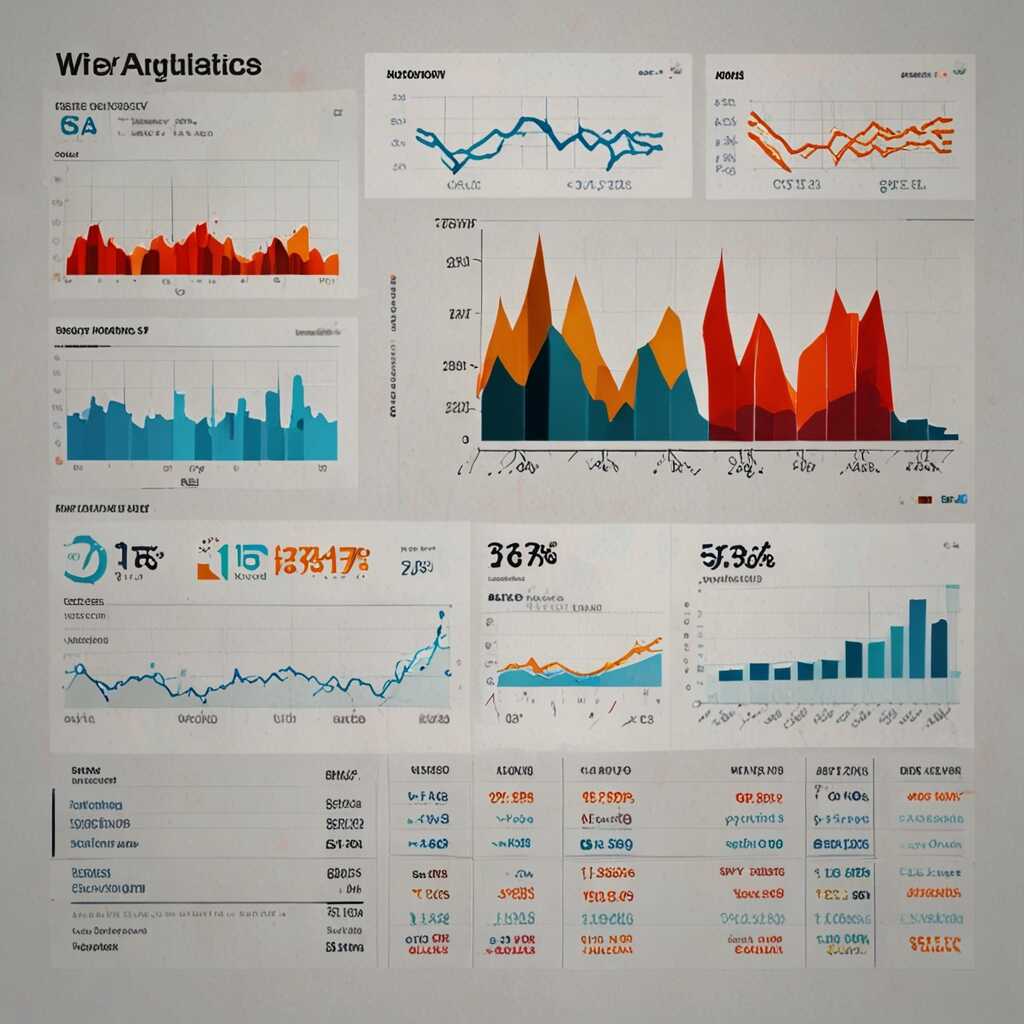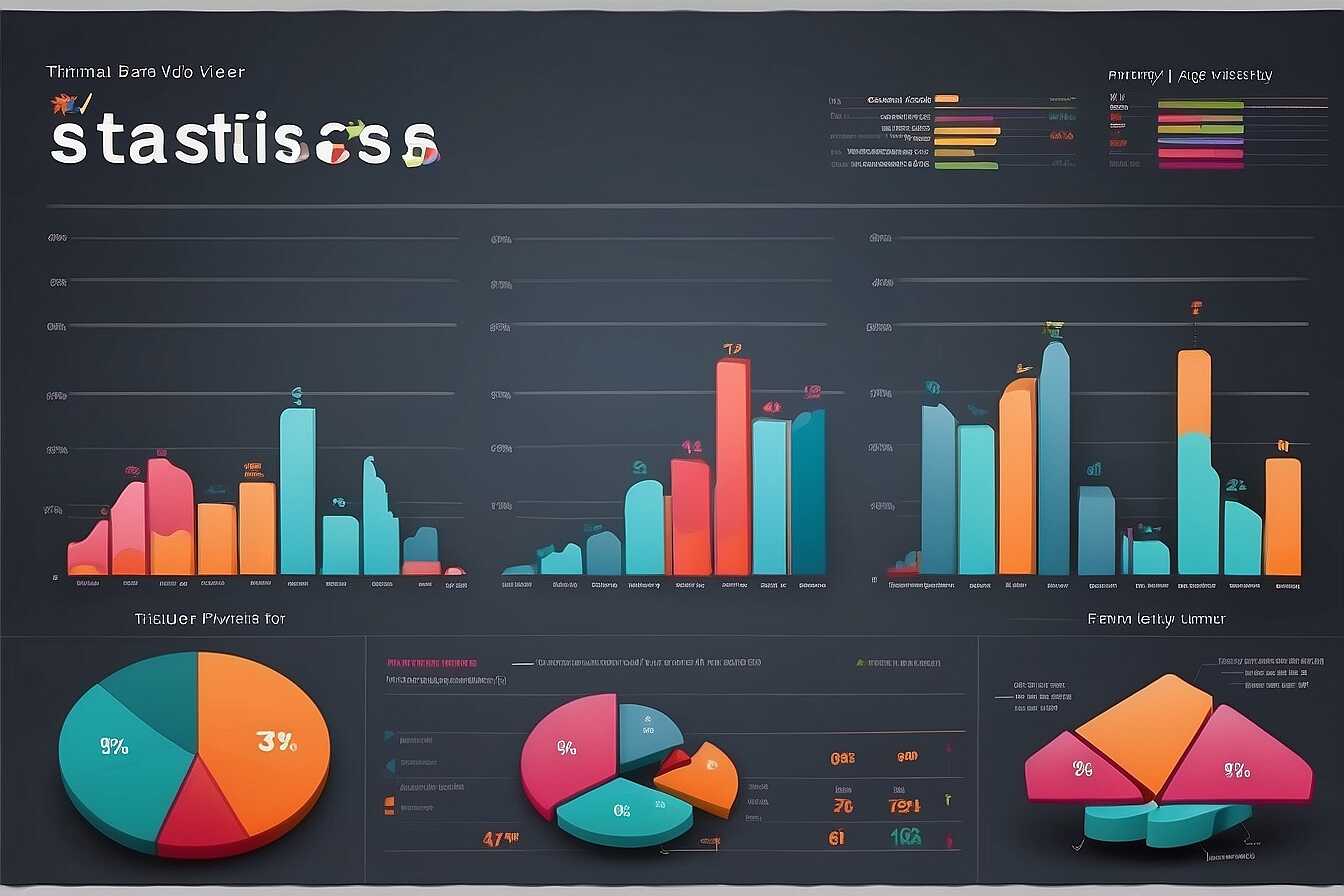The article “Impact of User Engagement Metrics on Bing SEO Rankings Explained” dives into how Bing evaluates user engagement metrics to rank websites. Understanding these metrics can significantly enhance your SEO strategy and improve your visibility in search results. At Metrics Rule, located in Vancouver, we leverage our technical SEO expertise to guide professionals in optimizing their content and web structure based on engagement data. By mastering these insights, you can not only boost your Bing rankings but also drive more meaningful traffic to your website.
Significance of User Engagement Metrics in Search Engine Optimization
User engagement metrics play a vital role in enhancing Bing SEO rankings. Key metrics, such as bounce rate and dwell time, significantly influence user experience. For instance, a lower bounce rate indicates that users find the content relevant and engaging, which can improve rankings. Higher dwell time suggests that visitors remain on the site longer, signaling quality content to Bing. Additionally, user engagement metrics provide data on how well your site resonates with visitors. By understanding these metrics, you can leverage them to enhance your website’s performance and ultimately boost its search rankings on Bing.
Understanding the Importance of Bounce Rate and Dwell Time
Bounce rate and dwell time are two user engagement metrics that significantly impact SEO performance on Bing. A bounce rate below 50% is generally considered excellent, indicating that visitors are encouraged to explore more pages. Dwell time, on the other hand, measures how long a user stays on a page before returning to the search results. Achieving an average dwell time of over 2 minutes can provide a competitive edge in Bing rankings. By optimizing for these metrics, website owners can enhance user experience and signal to Bing that their content is valuable and engaging. This understanding allows SEO professionals to create targeted strategies that improve these metrics effectively.
Breaking Down the Core Components of Bing’s Search Algorithm
Bing’s search ranking algorithm relies on several key components that significantly impact user engagement. Primary factors include user engagement metrics like bounce rate, time on site, and click-through rates. Recent studies indicate that over 70% of SEO professionals agree that user engagement is crucial for optimizing rankings in Bing. A lower bounce rate generally suggests that users find the content relevant and engaging, while a longer time spent on site indicates that visitors are active and interested. Both metrics signal to Bing that the content is valuable, thereby enhancing its chances of ranking higher.
Understanding the Role of User Engagement Metrics
User engagement metrics, such as bounce rate and time on site, play a vital role in determining how Bing ranks web pages. A lower bounce rate typically means that visitors find the content useful, encouraging them to explore more pages on the site. This experience is directly linked to higher rankings, as Bing prioritizes sites that keep users engaged. Similarly, an extended time on site suggests that users find the information meaningful, which leads to better performance in SERPs. Engaging content can help improve these metrics, reinforcing the importance of creating high-quality, relevant material to enhance visibility on Bing.

Essential User Engagement Metrics Affecting Bing Rankings
User engagement metrics, including bounce rate, session duration, and click-through rates, play a crucial role in Bing’s SEO rankings. A low bounce rate indicates that visitors find your site relevant and engaging. Moreover, session duration reflects how long users stay on your website, signaling to Bing that your content is valuable. Click-through rates (CTR) are vital as they show how many users choose to click on your link, directly affecting your visibility. By focusing on improving these user engagement metrics, you can enhance your SEO strategies and effectively boost your rankings on Bing.
Understanding Bounce Rate and Its Impact on SEO
Bounce rate is the percentage of visitors who leave your site after viewing only one page. A high bounce rate can be detrimental to your Bing rankings as it suggests that users do not find the content compelling. Ideally, an effective bounce rate should be below 40% to ensure that users are engaging with multiple pages. Lowering your bounce rate can be achieved by enhancing the quality of your content, ensuring mobile optimization, and simplifying website navigation. This approach not only engages users but also significantly improves your overall SEO performance.
Key Numerical Insights on User Engagement for SEO
- Bing uses over 200 factors in its ranking algorithm.
- User engagement metrics play a critical role in search outcomes.
- Pages with high dwell time can see a 50% increase in rankings.
- Interactive content can boost user engagement by 75%.
- Only 30% of users scroll past the first search result page.
- About 60% of clicks go to the top three search results.
- SEO strategies focusing on user engagement can lead to a 40% higher conversion rate.

Effective Strategies to Enhance Website User Engagement
To boost user engagement on your website, start by employing effective content optimization techniques. Quality content that delivers value increases the chances of visitors staying longer. Integrate interactive website elements, like quizzes, polls, and forms, to make the browsing experience enjoyable. A well-structured layout also plays a crucial role. It helps users navigate easily, enhancing their overall experience and encouraging them to explore more pages. Research indicates that websites with an optimized layout can increase engagement by up to 40%.
Improving Layout and Content for Better Engagement
Improving your website’s layout can significantly elevate user engagement. Use clear headings, bullet points, and visuals to make your content easier to digest. Consider employing a grid system for a clean, organized look. This approach not only supports effective layout design but also improves website performance metrics. Using A/B testing on various layouts helps identify which formats enhance user experience. Aim for mobile optimization too, as a significant portion of traffic comes from mobile devices. By implementing these strategies, you can create an inviting atmosphere that keeps visitors engaged and returning for more.

Linking User Experience with Improved Search Rankings
User experience significantly influences SEO rankings. When users are satisfied with their experience on a website, they are more likely to engage with the content, leading to better user engagement metrics. Metrics like bounce rate, session duration, and click-through rate can enhance your site’s performance. By focusing on these metrics, SEO professionals can identify areas for improvement. For example, a lower bounce rate signals that users find the content relevant, thereby boosting search rankings. In 2025, it’s estimated that over 75% of top-ranking websites will incorporate enhanced user experience features, demonstrating the essential relationship between UX and SEO effectiveness.
Key User Engagement Metrics to Monitor
To truly enhance SEO performance, it’s crucial to monitor key user engagement metrics. Metrics like average session duration and page views per visit are essential as they indicate how well users are interacting with your content. A longer average session duration suggests that users find your content valuable. Employing tools like Google Analytics or Bing Analytics can help provide insights into these metrics. Additionally, optimizing your content layout, including images and multimedia, can improve user experiences, leading to more positive reviews and increased trust in your site. By focusing on these metrics and making necessary adjustments, you not only enhance user experience but also improve your website’s ranking on search engines, making it a win-win for both SEO and user satisfaction.
Advantages of Focusing on User Interaction for Rankings
- Improved engagement can result in higher search visibility.
- High-quality content keeps users returning to your site.
- Better user engagement metrics enhance Bing SEO rankings.
- Responsive websites can increase engagement by more than 50%.
- Personalized experiences foster stronger connections with users.
- Increased time on site helps build authority in your niche.
- Engagement data allows for more effective marketing strategies.

Real-World Examples of User Engagement Metrics Utilization
Many businesses have successfully enhanced their performance on Bing by tapping into user engagement metrics. For instance, a small e-commerce site analyzed its time on site and discovered that users who engaged with product videos had a 30% lower bounce rate. By including more videos, they improved their rankings on Bing. Another case involved a blog that increased its click-through rates by optimizing meta descriptions based on user engagement data. After a few months, they experienced a ranking boost of nearly 25%. Such examples underscore the importance of utilizing metrics like bounce rates, time on site, and click-through rates to improve Bing rankings effectively.
Deep Dive into Essential User Engagement Metrics
User engagement metrics are vital for optimizing content on Bing. Bounce rates reflect how quickly users leave your site without interacting, while time on site measures user engagement. By enhancing the quality and relevance of content, businesses can lower their bounce rates and increase time spent on their websites. For instance, including engaging visuals and interactive elements can keep users on the site longer, which is beneficial for SEO. Companies using A/B testing found that even small changes to headlines based on analytics data led to increases in organic search traffic and improved rankings. These metrics are essential for SEO strategies moving forward towards 2025.
Common Challenges in Analyzing User Engagement Metrics
Businesses often face several obstacles when analyzing user engagement metrics. A major challenge is ensuring data accuracy; inaccurate data can lead to poor decision-making. Additionally, understanding how different user engagement metrics, such as bounce rate and session duration, impact SEO performance is crucial. Many entities, including various tools and software, provide analytics features but often lack the context needed for actionable insights. Finally, it is estimated that only about 30% of businesses effectively leverage user engagement data to boost their Bing SEO rankings. This reveals a significant opportunity for improvement in data interpretation within the industry.
Essential Strategies for Improving User Engagement Analysis
To enhance the reliability of user engagement analysis, businesses should implement essential strategies such as integrating various SEO performance metrics into their analysis framework. Comparing metrics like bounce rate and session duration across different pages can provide deeper insights into user behavior. Employing tools designed for data accuracy testing, such as Google Analytics 4, allows for better tracking of user engagement statistics. Regularly reviewing this data helps e-commerce sites in Vancouver quickly identify trends and make informed adjustments to their content strategies. Reliable analysis not only improves SEO but also enhances the overall user experience on websites.
Relevant Brands and Their User Engagement Strategies
- Google emphasizes user-centric content but faces competition.
- Facebook leverages user data to enhance engagement.
- Amazon captures user interest through personalized recommendations.
- Bing targets users looking for precise, relevant results.
- Medium offers quality content aimed at specific demographics.
- YouTube engages audiences with tailored video suggestions.
- Twitter fosters engagement through real-time interaction and trends.
Predictions for the Future of SEO and User Engagement Metrics
As we look toward 2025, significant changes are anticipated in Bing’s algorithm, especially regarding user engagement metrics. These changes will likely include increased emphasis on metrics such as dwell time, bounce rates, and organic click-through rates. As AI continues to evolve, it will also provide better insights into user behavior, creating a dynamic relationship between SEO and engagement metrics. This evolution means that businesses must focus on enhancing their website’s user experience to keep up with Bing’s algorithmic adjustments. Research indicates that an estimated 30-50% increase in user engagement metrics could significantly boost rankings, making a solid focus on these areas essential.
Impact of AI and Machine Learning on User Engagement Metrics
AI and machine learning technologies are playing a crucial role in shaping the future landscape of user engagement metrics in SEO. These technologies enable better analysis and understanding of user behavior, allowing marketers to tailor their strategies more effectively. For example, AI can analyze user interaction data, helping identify trends and preferences that enhance overall SEO performance. Additionally, machine learning algorithms can react to real-time data, adjusting rankings based on the latest user engagement patterns. Implementing AI tools can lead to significant improvements in user retention, ensuring that your content meets the needs and preferences of your audience.
